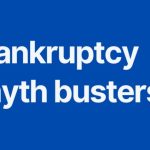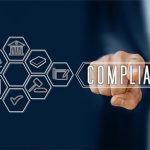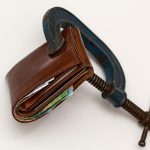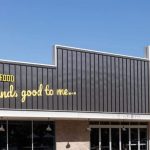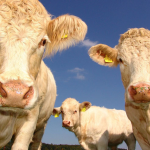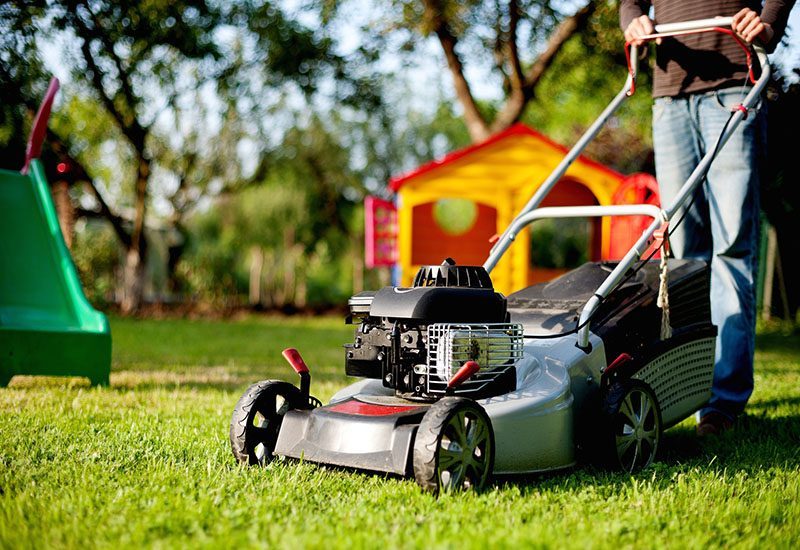
As a bankruptcy specialist with over 20 years’ experience, Jirsch Sutherland Partner Stewart Free says he’s “seen it all” when it comes to the types of assets that can – and can’t – be realised in a bankruptcy.
“Livestock, rare number plates, collectibles and art are assets that vest with a bankruptcy trustee, but an Olympian’s medals aren’t if creditors agree to allow them to retain them,” Free says.
“With vested assets it’s not always that clear cut, and as a bankruptcy trustee we have to look closely at every asset to determine its commercial value, how it was purchased and also what’s owed on it. For example, a family pet doesn’t automatically vest but if the bankrupt uses it to derive an income through breeding or competition, then the animal may vest.”
 Free says that when most people enter into bankruptcy, they are terrified they are going to lose everything. “There are many myths surrounding bankruptcy but it’s important to understand that there are provisions in the Bankruptcy Act that protect certain assets and not others. Trustees are not going to just come in and take your five-year-old lawnmower, engagement ring and TV.”
Free says that when most people enter into bankruptcy, they are terrified they are going to lose everything. “There are many myths surrounding bankruptcy but it’s important to understand that there are provisions in the Bankruptcy Act that protect certain assets and not others. Trustees are not going to just come in and take your five-year-old lawnmower, engagement ring and TV.”
The Bankruptcy Act 1966 defines assets within two categories:
1. Divisible (unprotected) – assets available to a trustee.
2. Non-divisible (protected) – assets not available to a trustee.
Assets that fall into the unprotected category include items such as shares, antiques, artwork, lottery winnings, bank balances, cryptocurrency, copyrights, boats and jet skis. Some of the most significant unprotected assets people tend to own include residential or investment properties.
Protection
Protected assets typically include superannuation (although there are some special circumstances), general household contents and furniture, some compensation or life insurance payments, tools used to maintain employment worth up to $3800, and vehicles (cars or motorbikes) used primarily for transport, worth up to $8000.
For vehicles under finance, the $8000 threshold applies to any positive equity. Vehicles under finance may have a negative equity position, which means a bankrupt can ordinarily continue making car loan repayments in order to hang onto the car.
Free says there are also exceptions when an asset has been purchased by monies from a personal injury claim. “For example, I was bankruptcy trustee for a person who owned an unencumbered home, but we learned that it was purchased through a worker’s compensation claim. It meant the home was protected.
“I’ve also handled matters where people have bought classic cars out of compensation monies, which means as a bankruptcy trustee I wasn’t able to touch them. It’s always crucial to follow the money trail to determine how something was purchased.”
In some cases, a bankruptcy trustee may agree to relinquish their interest in unprotected assets to a non-bankrupt third party (such as a co-owner) at market value. Once that transaction is complete, the unprotected property will no longer be an asset of the bankrupt estate.
“Bankruptcy is complex, so if you’re considering bankruptcy and own any real estate or other assets, seek advice from qualified professionals who can take you through how those assets might be treated and what your options are,” Free adds.

